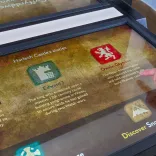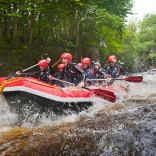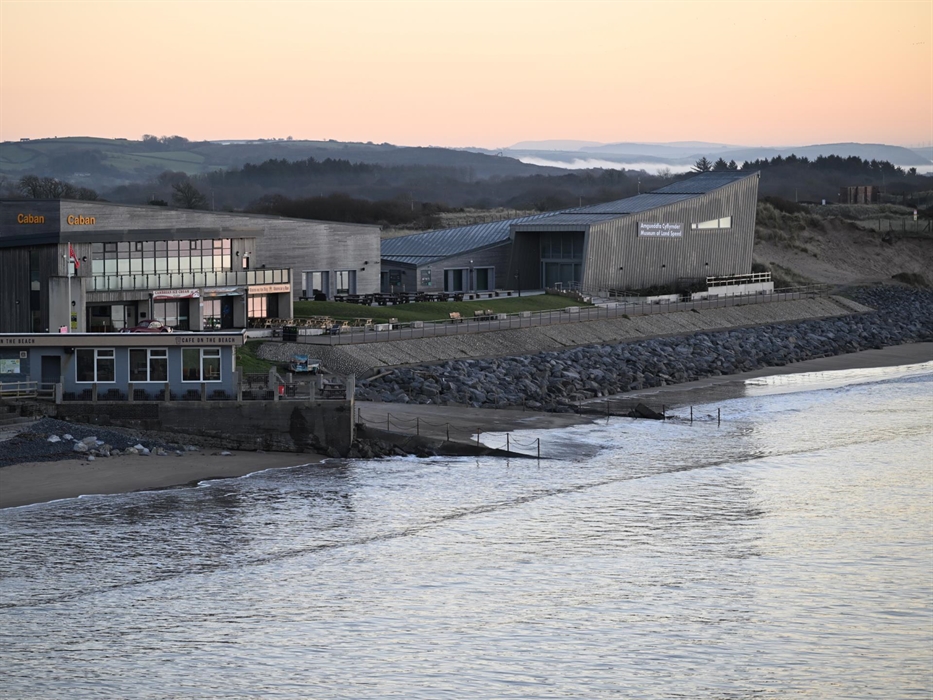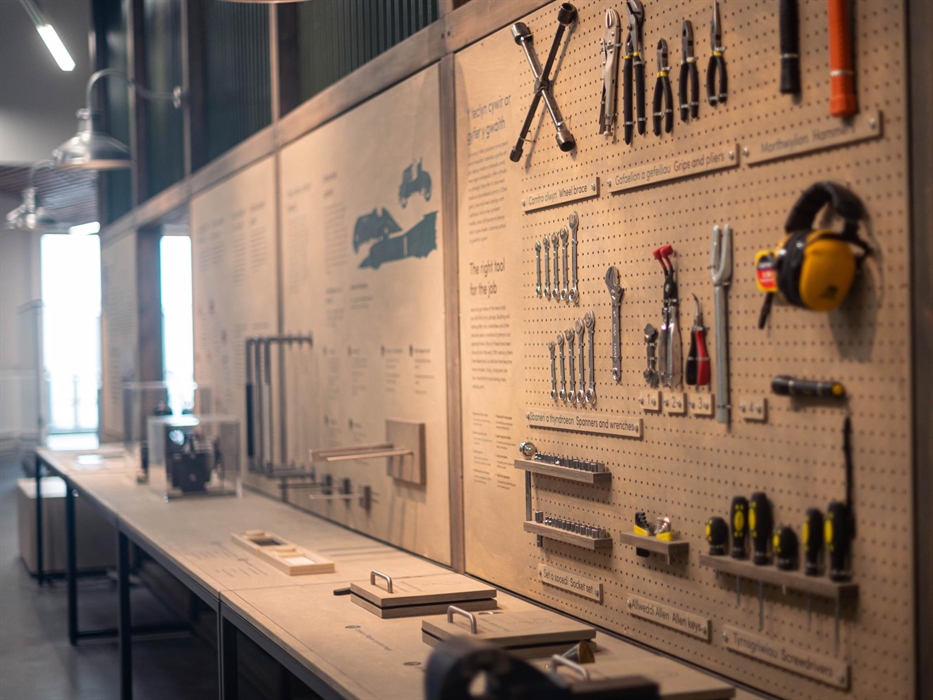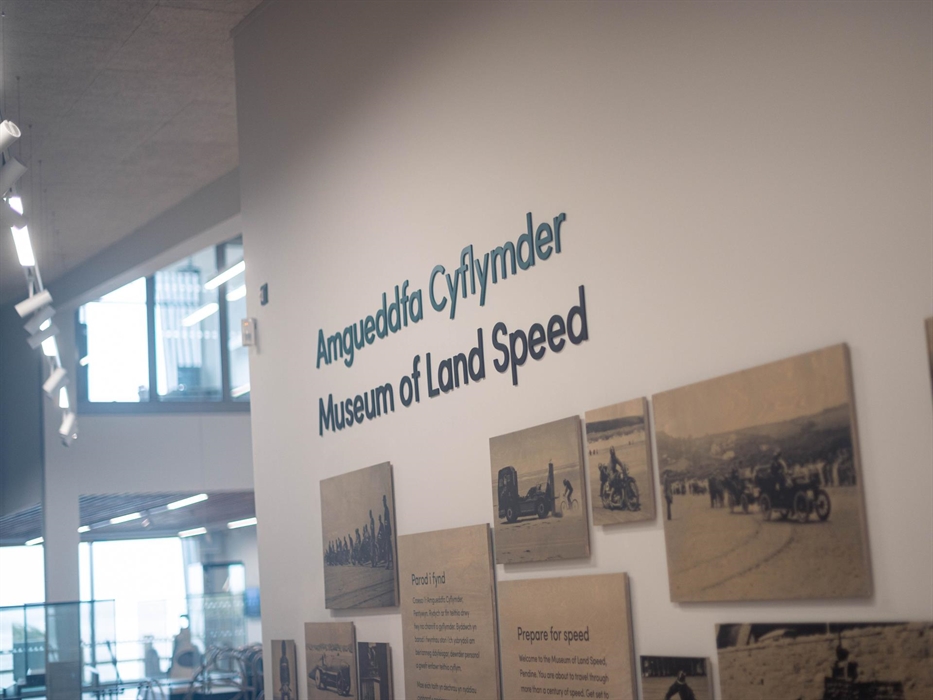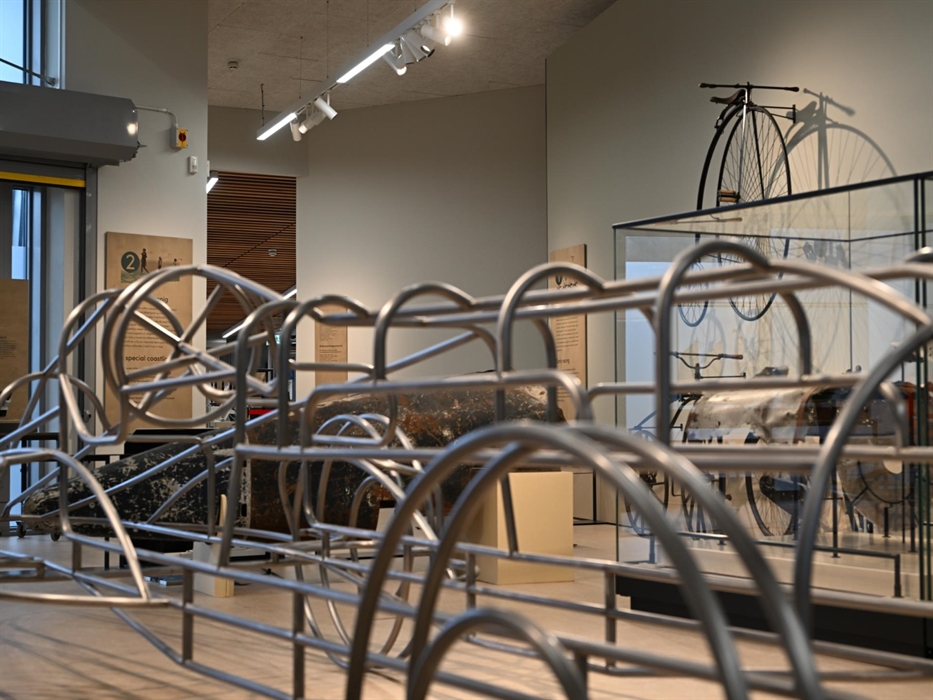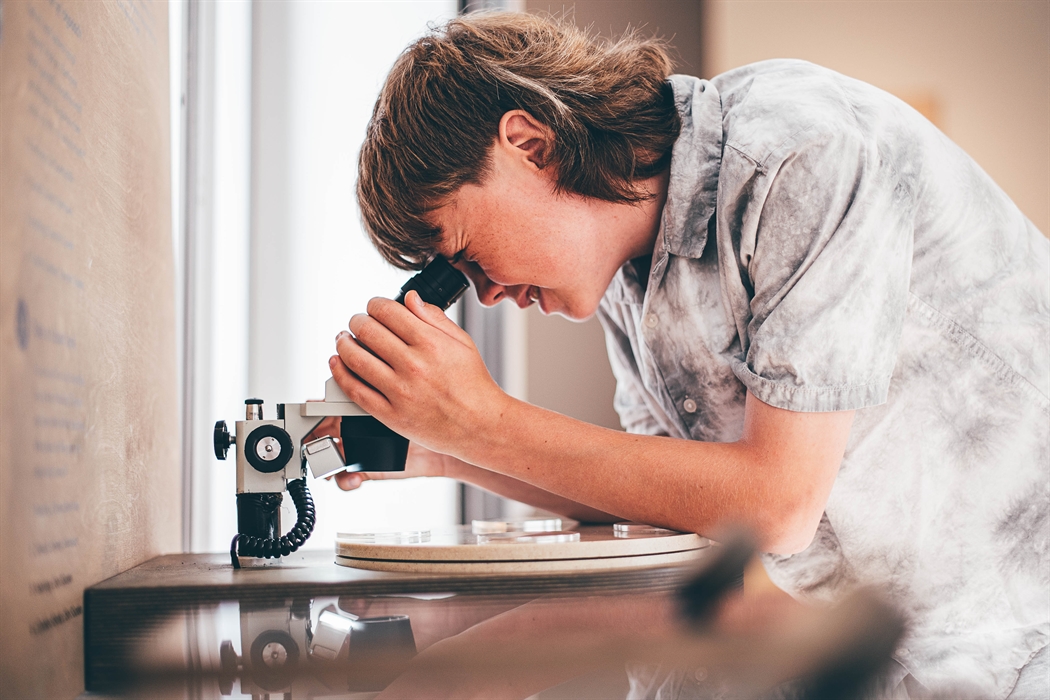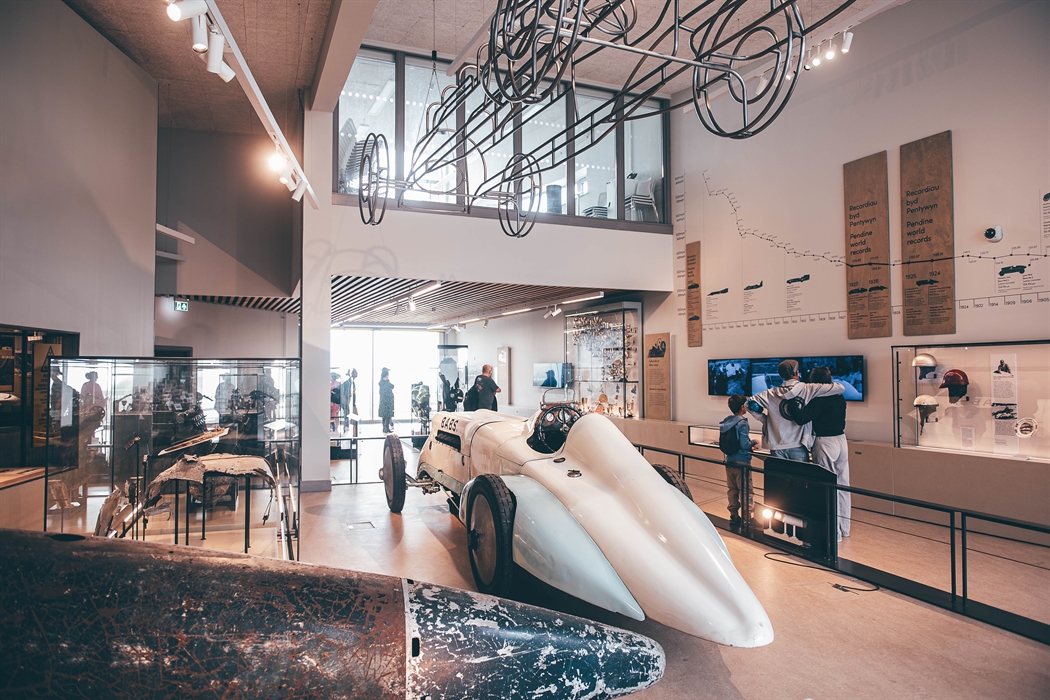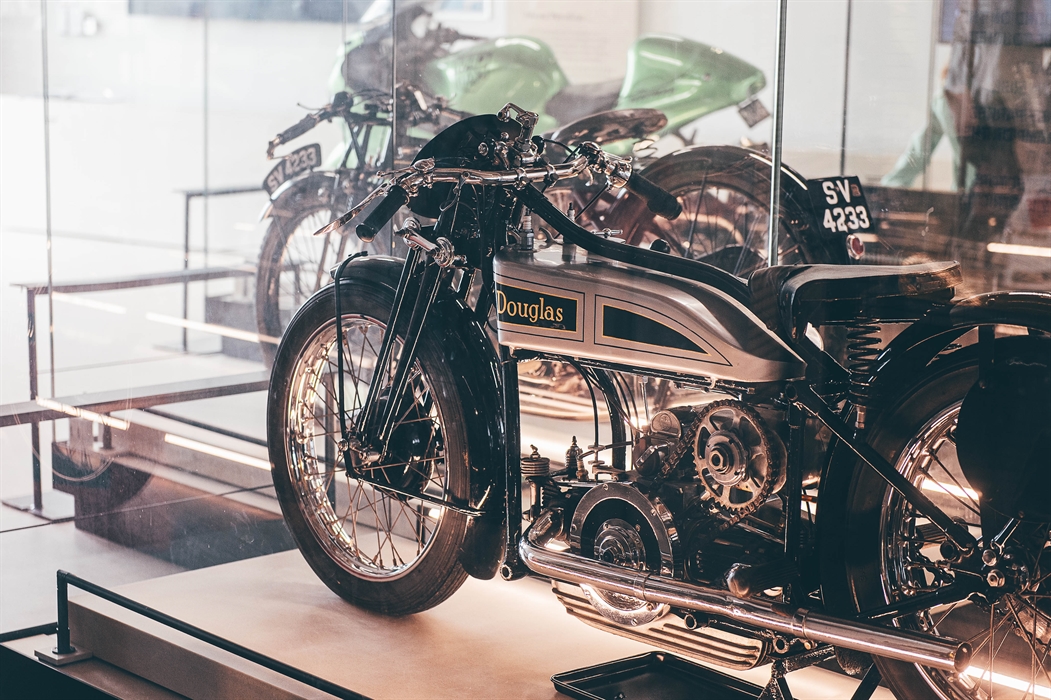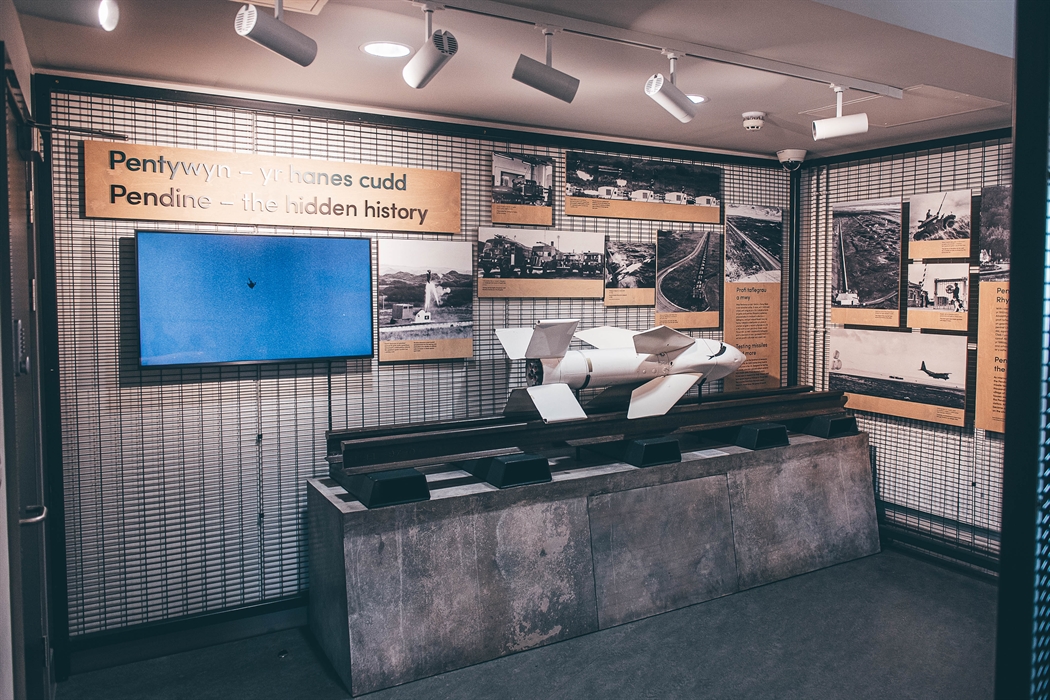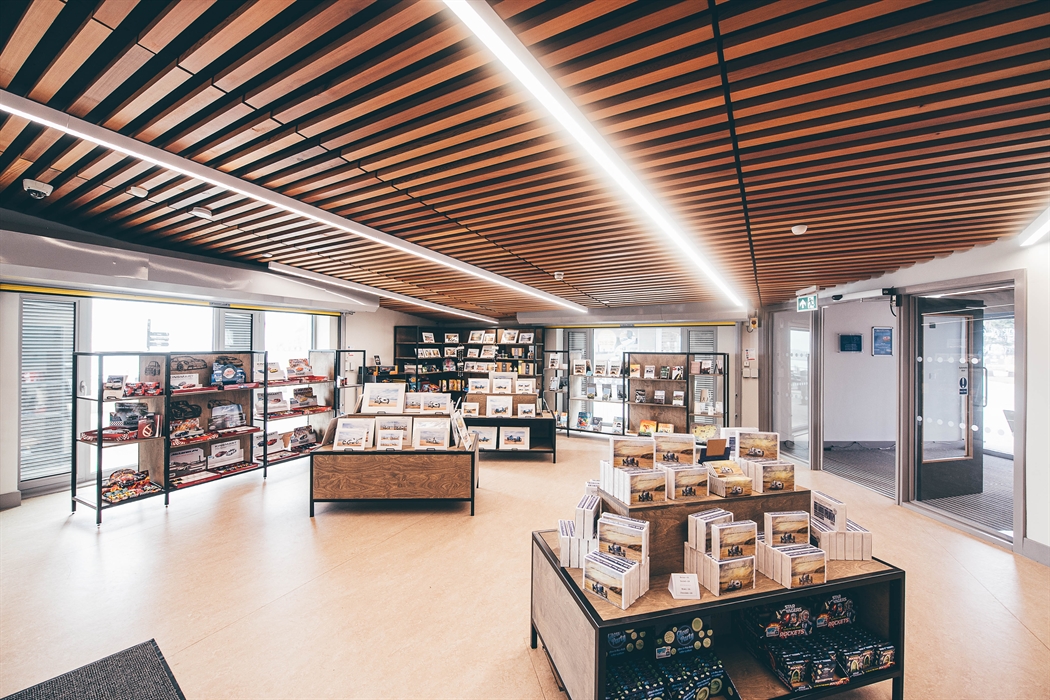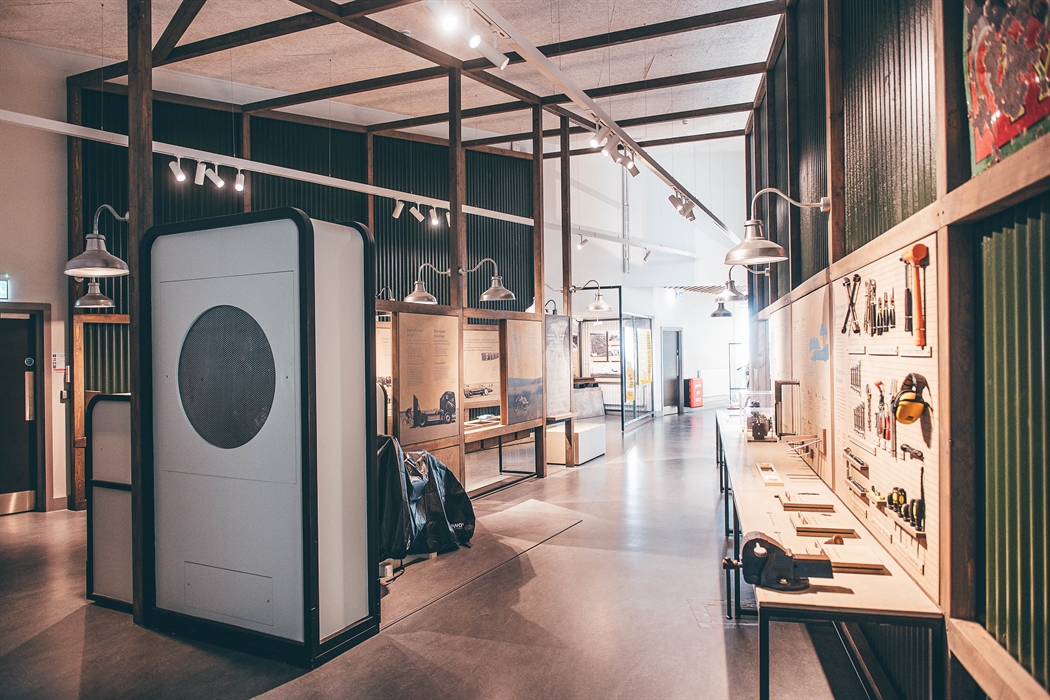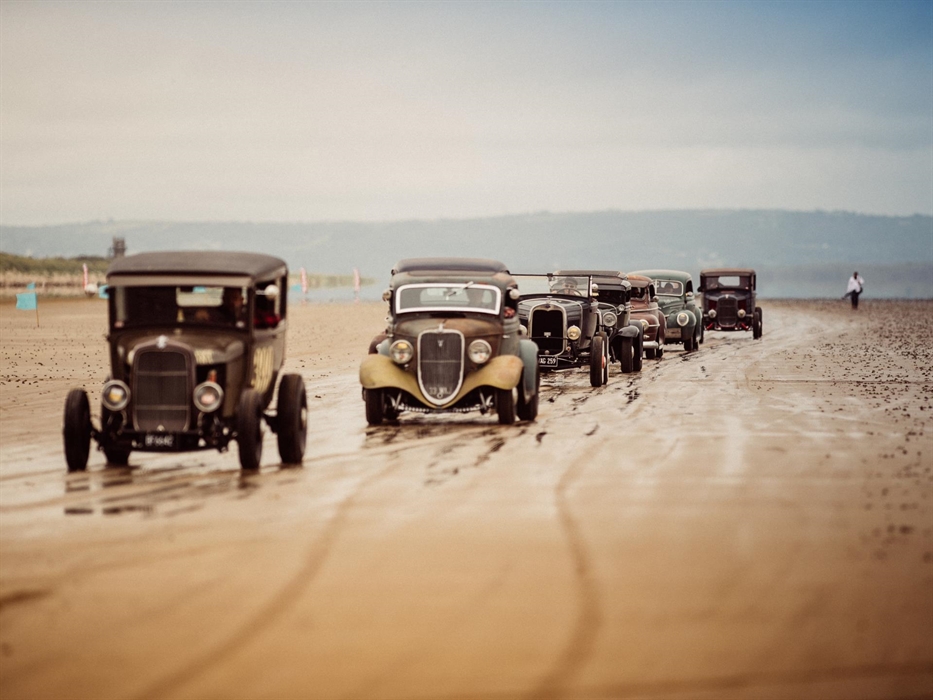About Museum of Land Speed
The sands have a nearly 100-year history of setting land speed records, beginning in the 1920s with Sir Malcom Campbell and his car ‘Blue Bird’ to more recently the actor Idris Elba taking on Campbell's 'Flying Mile' record in a Bentley Continental GT Speed in 2015.
From travelling large object displays such as the legendary ‘Babs’ racing car (not always at the museum - check before visiting) to the interactive displays throughout, at the Museum of Land Speed you are taken on a journey where you’ll experience the thrill and exhilaration of racing along Pendine Sands. Just close your eyes and you’ll feel the wind in your face, hear the noise of the engine and feel the movement of the car as it bumps over hidden pits in the sand.
The museum is on a public bus route, with daily services to Carmarthen (number 222) and Tenby via Saundersfoot (no. 351) operated by Taf Valley Coaches. The nearest train stations to the museum are at Whitland (approx. 10 miles), Tenby (approx. 17 miles), and Carmarthen (approx. 18 miles).

